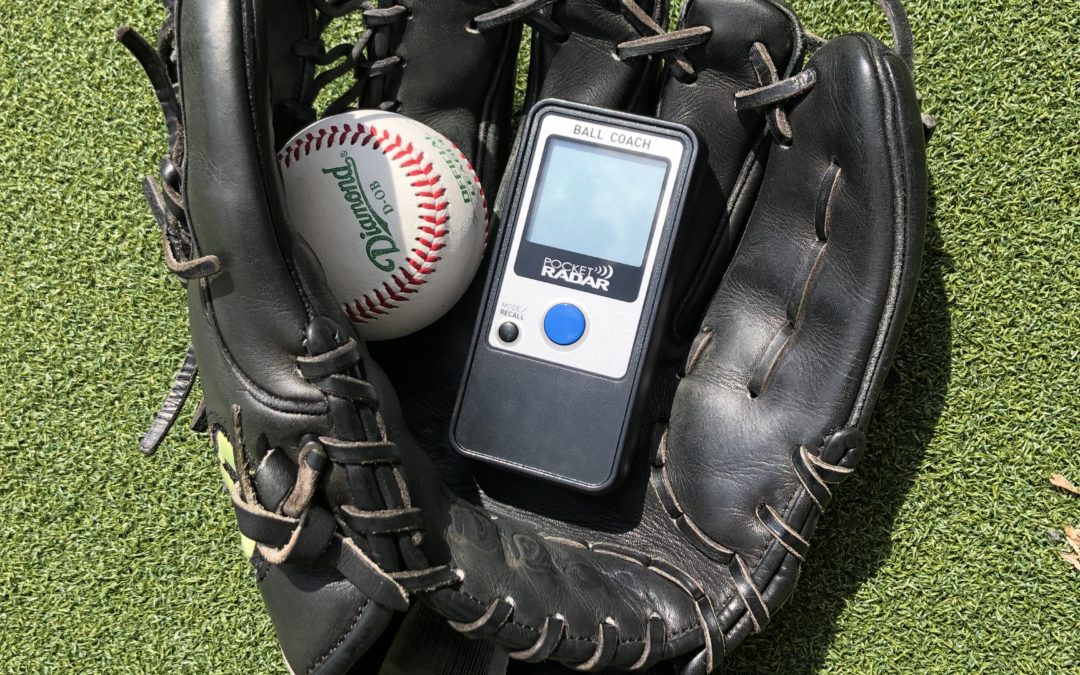In recent years as velocity enhancement programs have grown in popularity and become more mainstream, “intent” has become a buzzword inseparable from this type of training. Intent is extremely important, but it’s frequently used as a catch-all to absolve coaches and athletes of the other work necessary to make velocity improvements.
What is Intent?
As it pertains to strength, power, or throwing, intent generally means maximum effort. Basically, when you’re throwing, lifting, running, or jumping, intent means doing those things as fast as possible in order to throw with the best velocity, move the most weight, jump the highest or farthest, or run the fastest time.
Here’s an example of intent:
Intent is extremely important as there is a large neural component to high velocity and high force movements, and mental arousal/effort level absolutely matters. However, these are not the only factors that matter when trying to improve throwing velocity.
General Qualities
First, it’s important that general qualities such as bodyweight and strength are developed along with sport specific qualities.
Body weight has been shown to be predictive of ball velocity (Werner et al., 2008), but as I outlined in my previous article about bodyweight, relative strength is also extremely important. So, getting to a bodyweight that is within a solid range for your height, that you can still move well at, is a good starting point when attempting to increase pitching velocity.
Second, getting strong is important for pretty much all athletes. This doesn’t mean chasing strength gains to the detriment of all other qualities, but it does mean building enough strength as not to limit the development of other qualities that build on strength-power and speed. I don’t think there are nice, neat numbers that fit well here, as all athletes are different.
Fascial driven athletes (more on these guys in a future article) rely more on elastic energy than pure muscular force. And too much strength training may actually be detrimental to them. However, other athletes may benefit greatly from relatively big strength numbers, as they are more force or muscle driven.
Therefore, I can’t say you need to squat 1.5x bodyweight or deadlift 2x bodyweight, because it really depends. But, some strength is definitely beneficial from a power, speed, and injury prevention standpoint. For example, the front leg still has to accept and transfer energy from more than 2 times bodyweight (Guido et al., 2012), requiring significant unilateral strength and stability.
The general qualities are definitely important, but the specific qualities are where the real improvements are made. That begs the question then, what specific pieces lead to high velocity?
Mobility and Sequencing Movements
Mobility and movement sequencing are the next big pieces. This means adequate active range of motion and rhythm/timing throughout the delivery.
One of the assumptions from coaches who push intent without concern for the other pieces of velocity development, is that the body will self-organize for the task-in this case throwing hard. This is true to a certain extent, but without the underlying physical capabilities, such as strength and mobility, the body isn’t going to self-organize optimally.
There are specific body positions that are associated with higher ball velocity, and all of these positions require significant mobility, stability, and relative strength in order to move dynamically in and out of these positions while transferring energy efficiently through different body segments. For example, greater horizontal abduction at foot strike is associated with higher ball velocity (Fortenbaugh et al., 2009), but without the necessary mobility, intent alone isn’t going to allow a pitcher to get into that position.
Not only must you be able to move through these extreme positions, but health and movement speed are also important which means being strong and stable through a full range of motion. This means training through a full range of motion in order to maximize an athlete’s ability to move fast and powerfully out of extreme positions.
The rhythm of all power movements is often underrated in its importance to the outcome. Whether the goal is to run a sub 10-second 100-meter dash or throw 95+ mph, rhythm matters.
The timing of movements such as peak pelvis rotational velocity and peak upper trunk rotational velocity in relation to each other have been shown to be different between high and low velocity groups (Matsuo et al., 2001). While underlying mobility plays a role here, intent alone will not help all athletes sync up their deliveries, even when the necessary mobility exists. Specific patterning work through the use of constraint drills is often still necessary.
Conclusion
Intent is an undeniably important piece to improving throwing velocity. The body adapts to the specific demands that are placed on it (SAID principle-specific adaptations to imposed demands), so in order to throw harder, you must actually try to throw harder. However, there are underlying limitations that may be present in some athletes that will need to be addressed prior to or alongside well-planned high intent throwing sessions.
Resources
Guido JA, Werner SL (2012) Lower-extremity ground reaction forces in collegiate baseball pitchers. Journal of Strength and Conditioning Research.
Fortenbaugh D, Fleisig GS, Andrews JR (2009) Baseball Pitching Biomechanics in Relation to Injury Risk and Performance. Sports Health: A Multidisciplinary Approach.
Werner SL, Suri M, Guido JA Jr, Meister K, Jones DG (2008) Relationships between ball velocity and throwing mechanics in collegiate baseball pitchers. Journal of Shoulder and Elbow Surgery.
Matsuo, Tomoyuki & Escamilla, Rafael & Fleisig, Glenn & W. Barrentine, Steven & R. Andrews, James. (2001). Comparison of Kinematic and Temporal Parameters between Different Pitch Velocity Groups. Journal of Applied Biomechanics. 17. 1-13. 10.1123/jab.17.1.1.

